Micro Manufacturing Need-to-Knows
Sphinx product manager, Cory Cetkovic, once again took to the pages of Fabricating & Metalworking magazine to share some useful knowledge about micro machining practices, a challenging yet profitable and growing sector of metalworking.
Advances in carbide tooling and spindles speeds have specifically made long-run production cycles accessible to more shops and thus more common. There’s often a fairly steep learning curve, however. Principles used to guide decisions in more traditional milling, boring or drilling applications often cannot be applied in the world of miniature machining.
As Cory writes, “Opportunities abound for shops to cash in on the seemingly ever-growing micro machining market. But, it’s not as simple as increasing spindle speeds or using smaller tools. Miniature tooling is innately different than more standard tooling.”
In addition to pointing out some of these important distinctions, Cory shares actionable advice for cashing in on production opportunities today’s marketplace offers. Here are just a few of the ten buzzworthy topics and tips he discusses in his column, “What You Need to Know Right Now to Improve High-Volume Micro Manufacturing.”
Cutting edge radius
“Edges on micro cutters are not proportional to those of macro cutters—it’s just not possible. Because of the duller edge, the energy required for micro cutters relative to the MMR can be up to 10x higher than their larger version. Because of this, we recommend using the shortest micro tool possible to avoid deflection.“
Coatings on micro tools
“With such miniscule features, even a coating can negatively affect performance. This is because the coating fills in valuable flute space needed for proper chip evacuation, which is absolutely critical in these applications.”
Using coolant
“Use coolant only when absolutely need and take special care when you do. These tiny tools are more sensitive than standard ones and even liquid flow can weaken their structure in the cut.”
Built up edge
“Because such little stock is being removed, rubbing (instead of actual cutting) can occur, which increases the chances of built up edge. This results in more required force and higher chances of deflection and/or early failure.”
To find out what else you need to know to best perform high-volume micro manufacturing, click here to read the Cory’s full column.
To view BIG KAISER’s full offering of high-precision, Swiss-made Sphinx cutting tools, click here to see a pdf of the latest catalog.


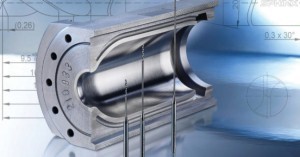
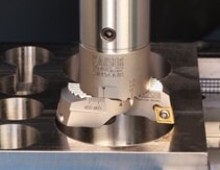

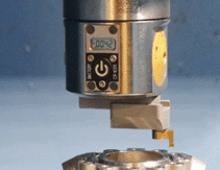

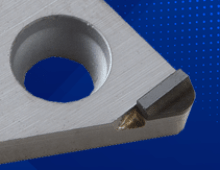
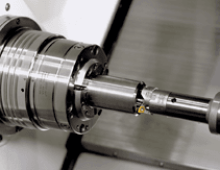
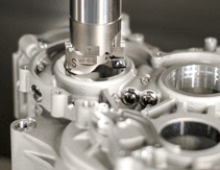
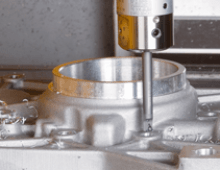
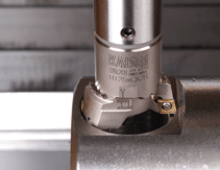
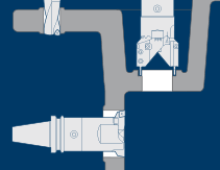


Did you find this interesting or helpful? Let us know what you think by adding your comments or questions below.